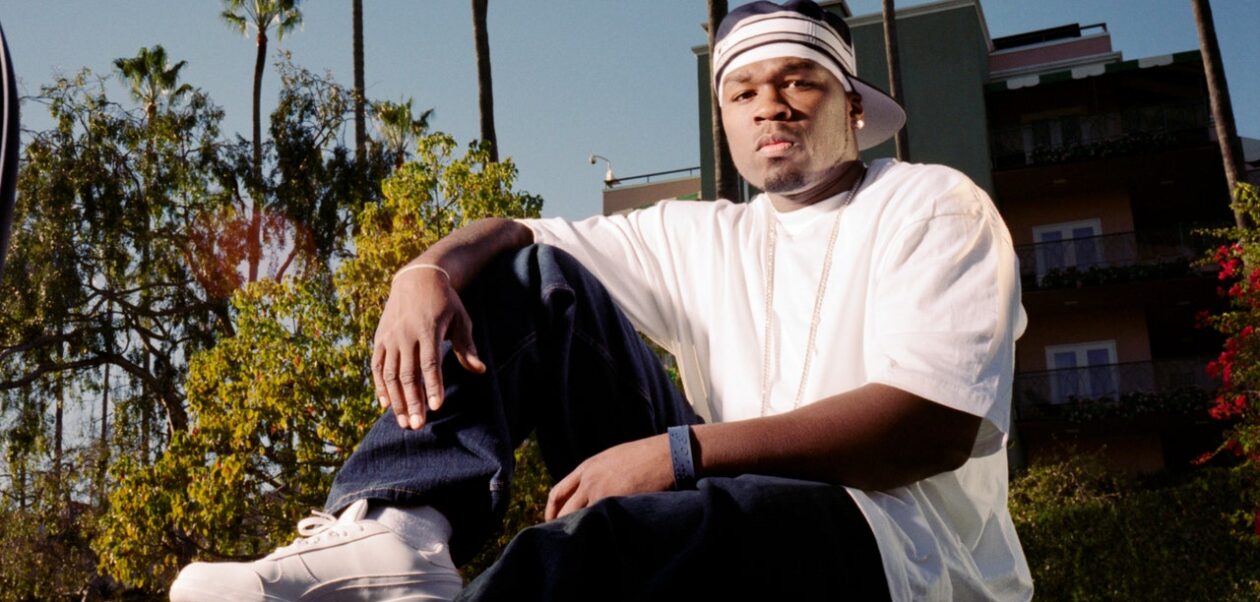Superstardom isn’t for everyone. It hit 50 Cent like a solar flare for a few years in the 2000s, when he became the rapper with the best story and the biggest single and the most omnipotent debut album of the decade. It never quite arrived for the stout, beloved New York rapper Jadakiss, whose verses hum like sonnets stuffed with coke tools and Italian suede and highly specific threats, Claude McKay meets New Jack City—but one should still fear Jada’s lyrical beam.
In 2005, after taking a brief diss from 50, Jadakiss delivered a response track: “Checkmate.” In his divine ash pit of a voice, Jada works through a list of 50’s deepest flaws. 50 is the worst rapper in G-Unit. 50 lives in Connecticut. Jadakiss did real songs with The Notorious B.I.G.; 50 Cent traffics in ghoulish posthumous Biggie remixes. But the simplest taunt was also a question:
“You ain’t get shot again, yeah, so what’s your second album about?”
50 had no response. No answer ever arrived from anywhere else in the universe either. That ill-fitting, what-if, misshapen, label-hamstrung second album, The Massacre, turns twenty this month. Although it was one of 2005’s biggest-selling albums and has since been certified six times platinum, it marked the end of 50 Cent’s two years of pop culture omnipotence, and signaled the end of an era for commercial rap as well.
For the very old and the very young, it’s worth revisiting how Curtis Jackson became, however briefly, the biggest star in the world. We begin in late-‘90s Queens. Mesmerized, as he recalls in his memoir From Pieces to Weight, by the iconic drug kingpins and hitters and legends of ’80s New York as well as his mother’s own dealing, young Curtis Jackson hustles, boxes and starts to rap. He names himself 50 Cent. He first catches the attention of Jam Master Jay before finding a home with production duo Trackmasters. Around 1999, 50 records “Ghetto Qu’ran,” a stinging, haunted, deeply nostalgic song about his youth in the cocaine era of New York, specifically his glimpses of the legendary Supreme Team. He literally names names on the track, unspooling memories while repeatedly violating omertà in granular detail: “Consider this the first chapter in the ghetto’s Qu’ran / I know a lot of n-ggas that get dough like Bimmy and Joe / And Prince and Righteous from Hillside with the mole on his nose.”
The song is slated to appear on his debut album Power of the Dollar, which will showcase more of 50’s range. On “How to Rob,” 50 imagines robbing the stars of the day: “I had Busta and the whole Flipmode on the floor/He asked me if I had enough, I told him, ‘Gimme some more.’” It’s rap as shitposting—and exactly the kind of funny, rude song that gets heard by everyone.
(Of course, beefing would become central to Fifty’s brand. Most recently, in the wake of Diddy’s arrest and indictment for alleged sex crimes, 50 Cent has been eager to remind all who would listen that he’s never trusted Sean Combs. He went on record with The Hollywood Reporter last year as both a producer of an upcoming Diddy docuseries and a longtime observer of the producer-turned-pariah’s “weird energy.” Hating, as satire and as real testimony, runs through Curtis Jackson’s ethos.)




